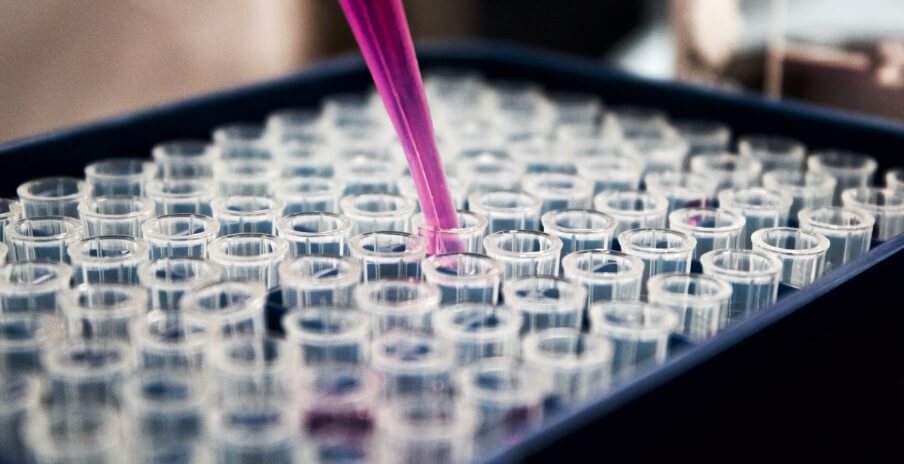The US FDA is responsible for approving drugs and ensuring their efficacy and safety for humans. Understanding the effectiveness and safety of pharmaceutical drug products largely depends on the pharmacokinetics (PK), pharmacodynamics, and pharmacometrics of a drug product. PK/PD assays are widely employed to understand drug properties and their effects on different patient populations. However, assay qualification and assay validation will remain crucial for the reliability of PK/PD assays. The current article discusses PK/PD assays and explores their importance in drug discovery and development.
PK/PD assay in Drug Development
A clear understanding of PK/PD relationships is a hallmark of successful drug development projects. Understanding the amount of drug exposure resulting in accurate target engagement and the relation between observed outcomes through in vivo assay is critical for translating a drug compound from preclinical to clinical studies. This interconnectedness lays the foundational knowledge of the pharmacology target and future drug designs.
Pharmacokinetic studies assess the drug movement in the body, while pharmacodynamic evaluations determine the biological response against the specific drug product. Pharmacokinetic evaluations focus on studying the absorption, distribution, metabolism, and excretion properties of a drug product. While PK studies ADME properties as a function of time, pharmacodynamics describes a drug response in terms of molecular and biochemical interactions. Combining both these evaluations helps understand the exposure-response relationship of a drug product.
Understanding the PK/PD properties of a drug product is vital for the approval of every candidate drug. Besides, 25% of drug package data comes from PK/PD analysis. A strategic plan complemented with intelligent study design can help researchers accelerate drug discovery and development timelines to achieve safety and efficacy endpoints.
Also Read: Challenges and Solutions for Good Practices Laboratory-Compliant GLP Labs in the Era of Biologics
PK/PD analysis helps researchers understand drug behavior and their effects on the body. These insights can help design better clinical studies with adequate doses and drug-type data. Moreover, clinicians can use the PK/PD data available on package inserts and drug levels to treat different patient populations, such as younger versus elderly patients. Notably, PK/PD modeling can help determine several drug development parameters, including:
- Characterizing drug exposure
- Determining appropriate doses
- Assessing dose requirements
- Estimating the elimination and absorption rates
- Assessing relative bioavailability
- Characterizing variability
- Establishing safety margins
- Understanding the relationship between drug concentration and their effects
Understanding the observed animal efficacy data and its relation to in vitro drug potency is crucial for acquiring more comprehensive PK/PD knowledge. However, poor bioavailability, high plasma protein binding, rapid metabolism, and poor tissue penetration are a few blocks that hinder the interpretation of PK/PD analysis. Moreover, animals can often be very sensitive to the route of administration, metabolites, and effects, impacting the primary assay measurements.
A more reliable approach is, to begin with preliminary pharmacokinetic experiments in the same species using the same drug vehicle and route of administration. Studies that clearly describe the primary PK/PD relationships are crucial reference points for other pharmacological experiments.
Also Read: MSD Assay Services: A Comprehensive Guide to Understanding and Optimizing Your Results
Today, with the advent of sensitive mass spectrometers, PK/PD analysis has become more efficient. Besides, collaborating with contract research organizations is readily available to quantitate and assess compounds in tissues and plasma. Reaching out to such specialized groups can further accelerate drug development studies.
You may also like
-
Art Therapy Powerful Pathways to Stress and Addiction Relief
-
How a Cardiac Test Helps Diagnose Silent Heart Conditions
-
Innovations in Fat Grafting Using the Toledo V Injection Cannula
-
Understanding Surgical Oncology- Comprehensive guide to Cancer Surgery
-
The Financial Impact of Critical Illness: Why Every Parent Should Consider It

